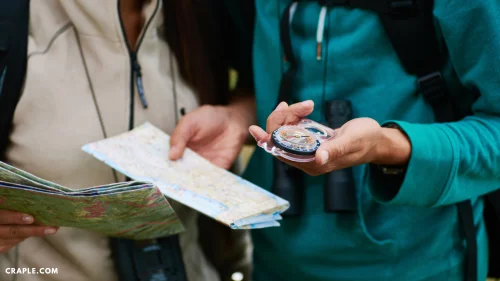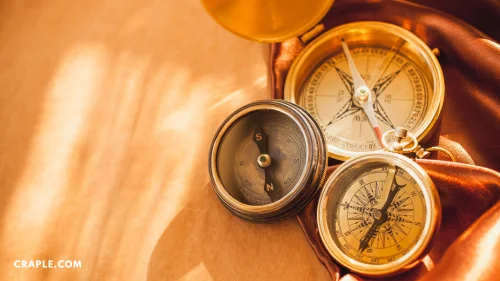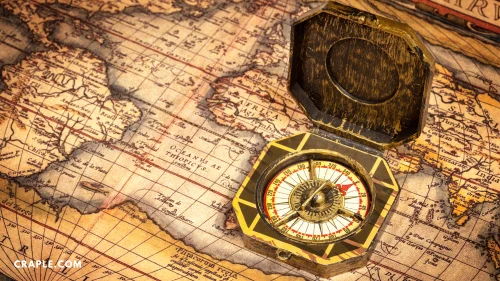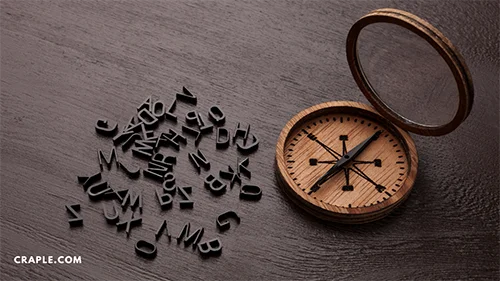The Fascinating History of Antique Compasses and Their Use Today

Antique compasses have a long and rich history dating back to ancient times. They were used by explorers, sailors, and soldiers to navigate their way through uncharted territories. Today, antique compasses are not only valuable collectibles but also functional tools used by hikers, campers, and outdoor enthusiasts. In this article, we’ll delve into the fascinating history of antique compasses and explore their use in modern-day applications.
The Evolution of the Compass

The earliest compasses were made in China during the Han dynasty (206 BCE – 220 CE). These compasses were made of lodestone, a naturally occurring magnetic mineral that aligned with the Earth’s magnetic field. They were used primarily for divination and fortune-telling.
Over time, compasses were refined and improved upon. By the 11th century, the dry compass was invented in Europe. This type of compass used a magnetized needle on a pivot, which was placed in a box that had markings indicating the cardinal directions.
The Use of Compasses in Exploration and Navigation

During the Age of Exploration in the 15th and 16th centuries, compasses played a crucial role in navigating uncharted waters. Explorers used compasses to chart their course and find their way to new lands.
Compasses were also used by sailors to navigate the open seas. With a compass, sailors could determine their heading and make course corrections as needed. This allowed for safer and more efficient sea travel.
Collecting Antique Compasses

Antique compasses make great collectibles for history buffs and outdoor enthusiasts alike. They are not only aesthetically pleasing but also offer a glimpse into the past.
When collecting antique compasses, it’s important to consider the condition, rarity, and authenticity of the piece. Look for compasses that are in good condition with minimal wear and tear. Rare compasses, such as those used by famous explorers, are also highly sought after.
Modern-Day Applications of Antique Compasses

While antique compasses are valuable collectibles, they also have practical applications in modern-day life. Hikers and campers often use compasses to navigate through wilderness areas. With a compass, hikers can determine their direction and navigate to their destination, even in areas where there is no cell phone reception or GPS signal.
Compasses are also used by surveyors and engineers to determine direction and measure angles. They are used in construction, mapmaking, and other industries that require precise measurements and directional information.
How to Use an Antique Compass

Using an antique compass is easy and straightforward. Start by holding the compass flat in your hand or on a level surface. Make sure the compass is level and the needle is free to move.
Next, align the compass with the North-South axis. This can be done by using a map or by using the compass to align with the North Star. Once the compass is aligned, turn the entire compass until the needle aligns with the “N” or “North” marking on the compass.
From there, you can determine your heading and navigate to your destination by following the cardinal directions on the compass.
In conclusion, antique compasses have a rich history and continue to be valuable tools in modern-day life. Whether you’re a collector, outdoor enthusiast, or engineer, antique compasses offer a glimpse into the past and practical applications in the present.





